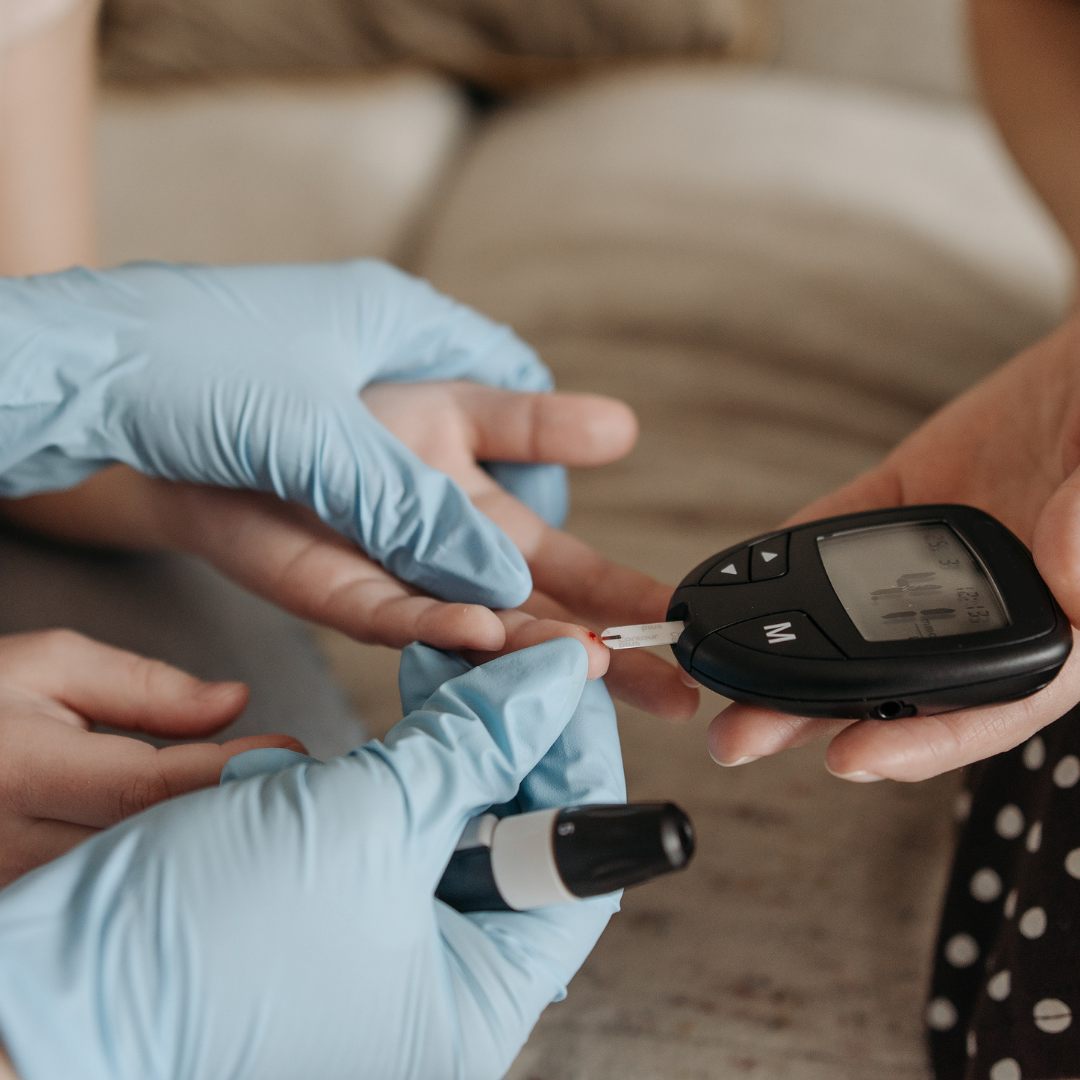Fatty liver disease, or hepatic steatosis, is a condition characterized by the accumulation of excess fat in liver cells. Traditionally associated with adults, this ailment is increasingly being recognized in adolescents, particularly in India, where lifestyle factors and dietary habits are rapidly changing. The implications of fatty liver disease extend beyond the liver itself, posing potential risks for long-term health issues such as diabetes, cardiovascular diseases, and metabolic syndrome. This article delves into the nuances of fatty liver disease in Indian adolescents, highlighting the urgent need for awareness and effective prevention strategies.
Understanding Fatty Liver Disease in Indian Adolescents
Fatty liver disease in adolescents can be attributed to various factors, including poor dietary choices, sedentary lifestyles, and genetic predisposition. With the rise of urbanization and economic development, many Indian adolescents have adopted high-calorie diets rich in fats and sugars, often substituting traditional foods with fast foods. This dietary shift, coupled with a decline in physical activity due to increased screen time and urban living, has created an environment conducive to the development of fatty liver disease.
The clinical manifestation of this condition often goes unnoticed until significant liver damage occurs, as many adolescents may remain asymptomatic in the early stages. Common symptoms, when they do present, may include fatigue, abdominal discomfort, and hepatomegaly (enlarged liver). Unfortunately, due to a lack of awareness and education, many young individuals and their families may attribute these symptoms to other common ailments or dismiss them altogether, leading to delayed diagnosis and treatment.
Recent studies have indicated a concerning prevalence of fatty liver disease among Indian adolescents, with estimates suggesting that the condition affects 5% to 10% of this population. Risk factors such as obesity, insulin resistance, and metabolic disorders are increasingly being observed in teenagers, further complicating the scenario. As the incidence of this disease rises, it becomes imperative to understand its underlying causes and the potential long-term health implications that can arise if left unaddressed.
The Urgent Need for Awareness and Prevention Strategies
Raising awareness about fatty liver disease among adolescents, parents, and healthcare providers is crucial in combating this burgeoning health crisis. Educational initiatives should focus on the importance of a balanced diet, emphasizing the consumption of whole foods, fruits, vegetables, and whole grains while minimizing processed foods high in sugar and fat. Parents play a pivotal role in shaping their children’s eating habits and must be informed about the long-term consequences of poor dietary choices, which can lead to fatty liver disease and other metabolic disorders.
In addition to dietary education, promoting physical activity among adolescents is equally important. Schools and communities can implement programs that encourage regular exercise, sports, and physical activities tailored to the interests of young people. By fostering an environment that prioritizes active lifestyles and discourages sedentary behavior, individuals can mitigate the risk factors associated with fatty liver disease. Initiatives such as community fitness challenges, workshops, and health fairs can serve as effective platforms for promoting awareness and motivation.
Furthermore, healthcare providers must be equipped to identify and manage fatty liver disease in adolescents effectively. Regular health screenings, including body mass index (BMI) assessments and liver function tests, can help in the early detection of at-risk individuals. Training healthcare professionals to recognize the signs and symptoms of fatty liver disease, along with implementing standardized guidelines for screening and management, can facilitate timely intervention and ultimately improve health outcomes for affected adolescents.
In summary, fatty liver disease in Indian adolescents represents a hidden but significant public health concern requiring urgent attention. Understanding the disease’s etiology, recognizing its prevalence among young individuals, and implementing comprehensive awareness and prevention strategies are vital to combatting this growing threat. Through education, lifestyle modifications, and proactive healthcare measures, we can work towards reducing the incidence of fatty liver disease and promoting a healthier future for the younger generation in India. Only by addressing this issue head-on can we hope to stave off the long-term health complications associated with this condition.




